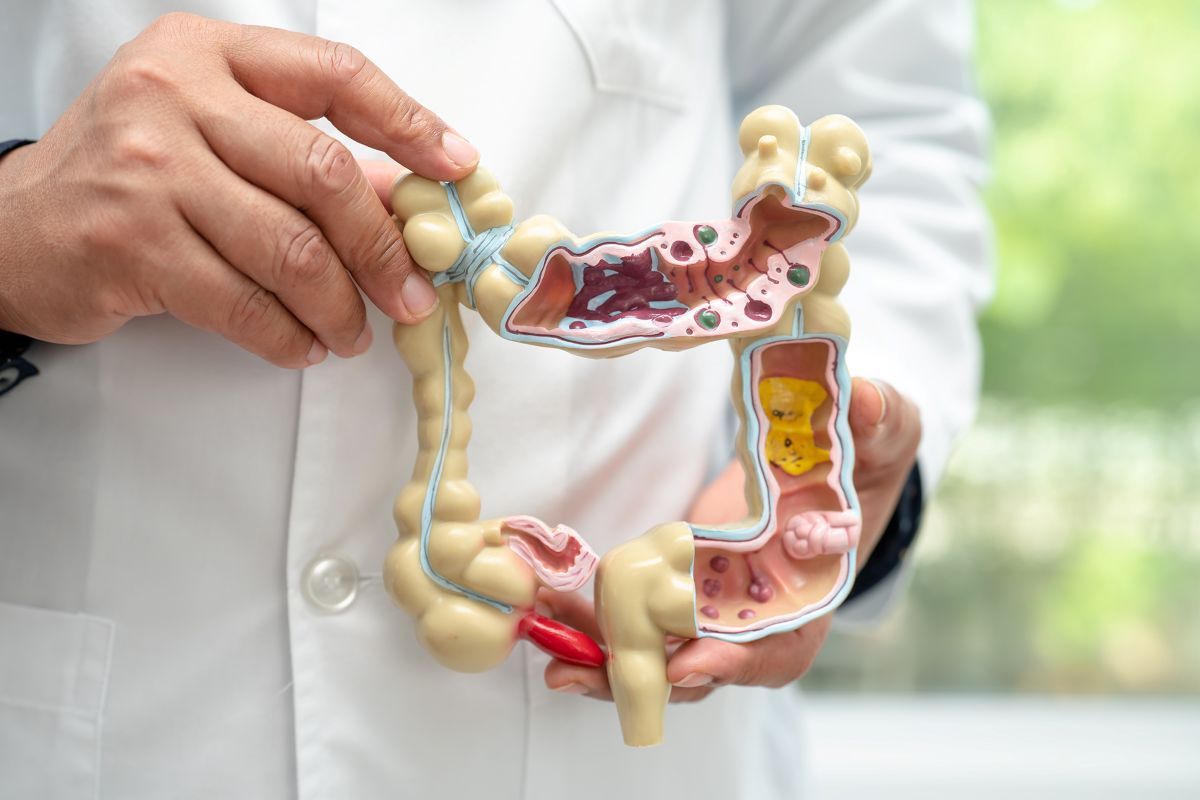For young men, the prostate usually doesn’t cause any problems. However, as men age, it can gradually enlarge until a condition called benign prostatic hyperplasia (BPH) develops. While BPH is generally not a serious condition, it can cause bothersome symptoms. Fortunately, treatments can help.
What Causes an Enlarged Prostate?
BPH primarily affects older men. About 50% of men ages 51 to 60 and up to 90% of men over age 80 have symptoms of BPH. Experts aren’t sure exactly what causes the condition, but it may be related to hormonal changes that occur with age.
A hormone called dihydrotestosterone (DHT) is thought to play a key role. DHT is responsible for certain male traits, such as facial hair and prostate growth. Older men may have high levels of DHT, which could lead to prostate growth.
Other factors that can increase the likelihood of a man developing BPH include:
- Certain medical conditions, such as obesity, heart disease and Type 2 diabetes
- Erectile dysfunction
- A family history of BPH
- Lack of physical activity
Identifying the Symptoms
As the prostate enlarges, it can press against the urethra, the tube through which urine flows out of the bladder. Over time, the bladder muscles can get weaker, and you might not be able to empty your bladder completely. This can cause frequent urination, up to eight or more times per day.
Other symptoms of BPH can include:
- Having urine with an unusual smell or color
- Pain when urinating
- Trouble starting a urine stream or having a weak urine stream
- Urinary urgency, or being unable to delay urinating
- Urinary incontinence, or being unable to control your urine
What to Do If You Have Symptoms
“You may be tempted to ignore symptoms, especially if they are only mild,” says Dr. Louis Plzak, III at Beaufort Memorial Urology Specialists. “However, BPH may increase the risk of developing urinary tract infections, acute urinary retention (inability to urinate), bladder stones and kidney damage. So, it’s essential to meet with a healthcare provider.”
Along with reviewing your symptoms, your provider may perform a physical exam and a digital rectal exam, which is a physical exam of the prostate. While this is usually enough for a diagnosis of BPH, your provider may refer you to a urologist for additional tests, including:
- A urinalysis — A urine sample will be evaluated for signs of infection.
- Prostate-specific antigen (PSA) blood test — This test shows levels of PSA in the blood. High levels can indicate BPH or another problem with the prostate, such as an infection or prostate cancer.
- Urodynamic tests — These tests help the urologist determine how well the urethra and bladder store and release urine from the body.
- Cystoscopy — For this procedure, a urologist inserts a narrow tube called a cystoscope into the penis to evaluate the urethra and bladder.
- Transrectal ultrasound — A type of imaging exam that uses sound waves, this test involves a trained technician inserting a wand into the rectum and taking images of the prostate. Your urologist will review the images to see the size of the prostate and look for abnormalities.
Treating BPH
You may not require medical treatments, depending on your symptoms. Instead, your provider may recommend lifestyle changes, such as:
- Avoiding caffeine and alcohol as well as certain medications, such as decongestants and antidepressants
- Doing pelvic floor exercises
- Reducing intake of liquids, especially before going to bed or going out in public
When medication and lifestyle changes are not enough, though, your urologist might recommend medications, minimally invasive treatments, or surgery to reduce the size of the prostate or widen the urethra.
Medications can relax your prostate and bladder muscles or improve urine flow, so you can reduce symptoms related to urination. Other medications can shrink the prostate or treat erectile dysfunction.
Minimally invasive procedures allow surgeons to treat BPH without the side effects that can accompany traditional BPH surgeries. These procedures may involve heat, electric currents or microwaves that destroy prostate tissue using special tools inserted through the urethra or rectum, avoiding the need for incisions.
The downside to minimally invasive treatments is that they don’t always provide a permanent solution. Long-term solutions typically require surgery. The most common surgical treatment for an enlarged prostate is called transurethral resection of the prostate (TURP), in which a urologist inserts an instrument into the urethra to remove pieces of enlarged prostate tissue. The tissue pieces are flushed out through the bladder at the end of the procedure. Most of the side effects are temporary.
Your urologist will help you decide on the best treatment for you. The bottom line, however, is that BPH is treatable, and you have many options to choose from, so you can live without symptoms and get back to enjoying life.












